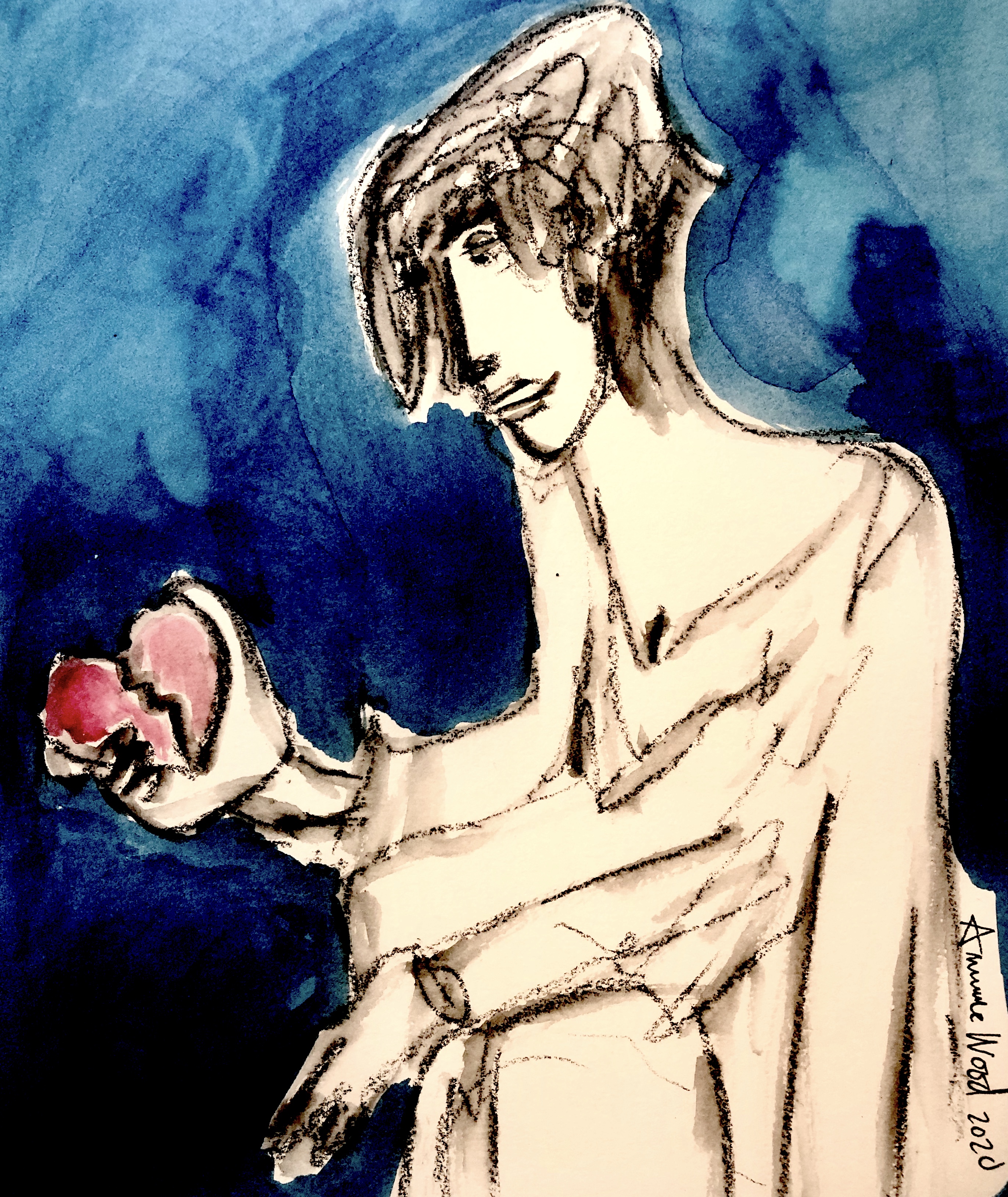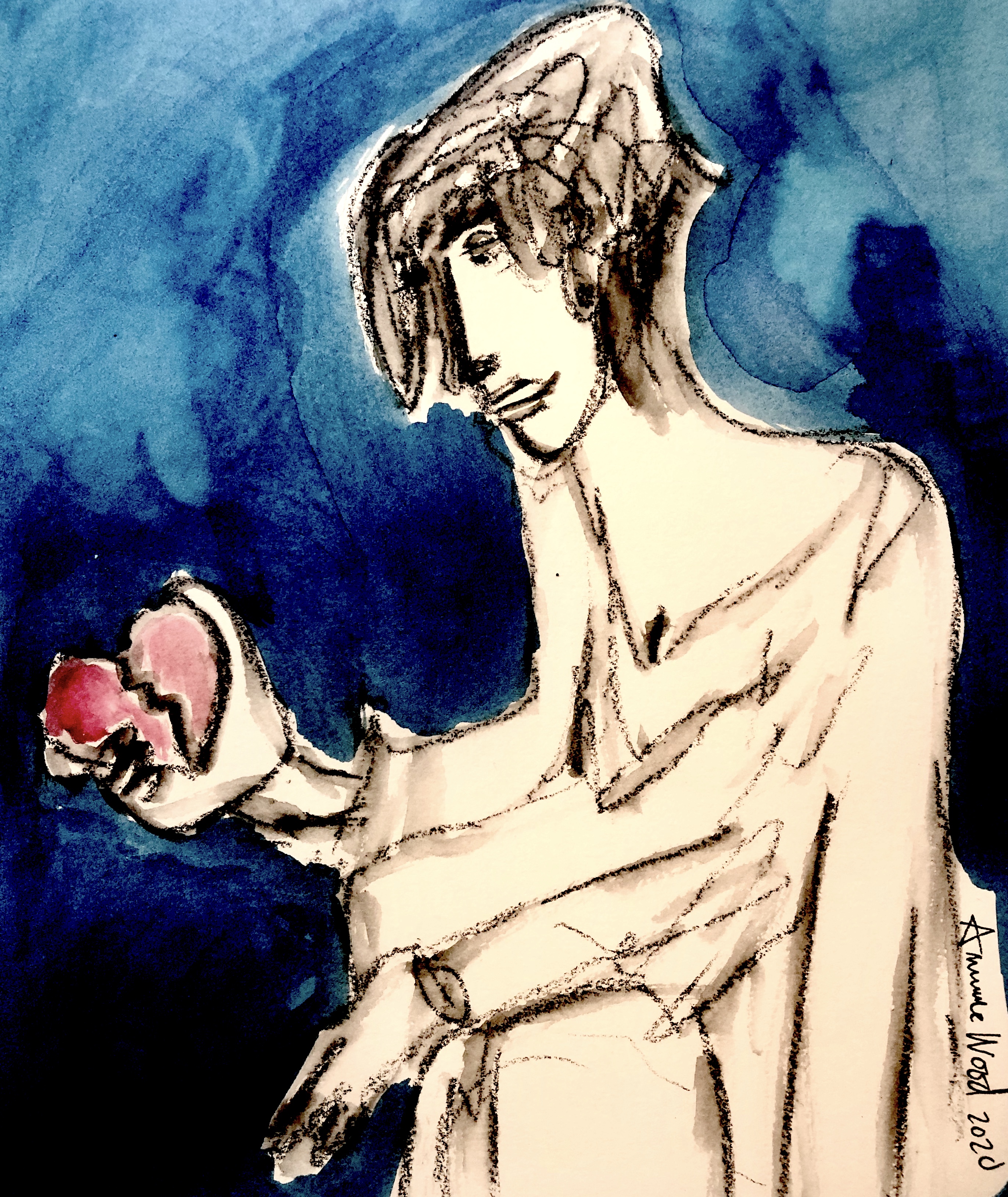The beauty in the pain

When I was a little girl I had a recurring nightmare of my mom dying. I’d wake up out of breath, panicked. I’d run into my parent’s bedroom, quietly put my tiny face up to her beautiful mouth and then let out a sigh of relief when I felt her breath on me. She’s okay. I can go back to bed now.
A year ago, my mom began to fade. I recognized she was slipping away after she had a bad fall in her home and was taken to the hospital. She had no injuries but she felt different to me. Try as I might, I couldn’t picture her ever being the same again. Everyone was making future plans for her, “She’ll be fine,” they kept saying. But I couldn’t see it. All I could see was… now. And in this now my mother was different. Her zest for life had turned into an endless list of survival to-dos, from how to get her fed, how to get her upstairs and downstairs, to get a medical alert system that she wouldn’t refuse to use.
This now had a list of medications that was two pages long. This now, had me searching for the mother I knew and only grasping fleeting glances of her between her painful remarks about how difficult life had become.
In a previous fall, I remember rushing over to her condo, opening the door and finding my mother smoking her beloved cigarette, blood on her face, the glass cabinet shattered to pieces. She calmly took a drag and said, “I fell.” All I could think was, “What do I do next?” And the answer came to me loud and clear. “Do what needs to be done, as it unfolds. Just show up.”
I’ve spent my entire life chasing pleasure and avoiding pain. Really, who hasn’t? Now pain had arrived with two large suitcases. It looked like it was going to stay awhile. Instead of changing the locks and closing the curtains, I surprised myself and did something else. I let the pain in and I got acquainted with it. I examined it with curiosity as if it were a movie, I watched it. I didn’t punch it in the face (like I wanted to) and I didn’t play hide and seek with it either. I just… sat with it. In zen-speak, there’s a “middle way.” I’d read about it and I’ve heard it discussed during dharma talks but I never actually tried it out in my own life. Until now.
There are many lanes on the highway of enlightenment, they don’t have to be on the razor’s edge like the yellow line dotted in the middle. Balance is appropriate, not too tight, not too loose, the Middle Way as we call it in Buddhist dharma teachings. – Surya Das
The Middle Way is about choosing the middle ground between clinging to what we want and running away from what we don’t want. It’s about avoiding extremes. I feel something like that after my meditation practice. I often feel calm and accepting of all that should arise in my life. But that feeling isn’t permanent (what is?) and it may not always be within my reach. But maybe I could use this stillness now. I decided to try it. For the last month of my mom’s life, I made a focused effort to not cling on to her or run away from the sadness. I committed to more meditation each morning as if I were prepping for something. Of course, I see now that I was prepping for something. My life.
When I knew my mom wouldn’t be around much longer the world started to feel a bit surreal. But I wanted the world to feel completely real. Because you can’t get more real than death. For me, mindfulness meditation during this time helped me show up for what was present in my life. What’s really happening. Not what I preferred was happening. I found that as I sat with pain, and got to know it, it became less scary. It shifted inside of me and morphed into something else. Something that was true. Something that was workable. Something that wouldn’t kill me.
As soon as I realized that pain wasn’t going to kill me and that I could deal with it in the present, as the present presented itself, I found myself focusing on what was in front of me, with all the love and the pain that came with it. This grounded me. Instead of spinning in my mind and bouncing between thoughts about the past, that was no more, and the future without my mom in it, I was dialed in on the present moment. In it, my mom was dying.
In meditation we often use anchors. An anchor is anything that brings us back to the present moment. It can be our breath, sounds we hear, an object, a mantra, music, anything really. Strangely enough for me, my mom’s dying became my anchor.
I held lightly in my heart the understanding that this can’t be any other way for the simple reason that it isn’t. If this is happening anyway, I choose now to give her my complete attention. The good, the bad, and the ugly. The whole shebang. I didn’t think I could do this sort of thing when it came to her, but here I was doing it. I was walking her home.
In Zen, and in life, our capacity to let go can help us be fully aware in the moment. Right after my mom’s last breath, the few family and friends that were there gathered around her body and held hands. We sang the kundalini song, Long Time Sun. I closed her eyes and kissed her face. I whispered in her ear, I love you. Thank you. You’re free.

Through mindful grieving, I’ve come to know all the nooks and crannies of my emotions and thoughts. It isn’t always pretty but it’s true. Of course, at times I feel a deep sadness. But that sadness doesn’t come in like a riptide pulling me under. It comes in like waves.
You can’t stop the waves but you can learn to surf.
–Jon Kabat Zinn
This is my life. All of it. I miss my mom, but I’m forever grateful for this profound sorrow because it has taught me more about who I am.
Turns out, I’m more than I thought I was.
And I have a feeling, so are you.
Originally published at https://www.huffpost.com
Sign up for Annie’s monthly newsletter, Things I Liked, Wrote & Drew


